THE HITS
Maruti 800 | 1983-2014
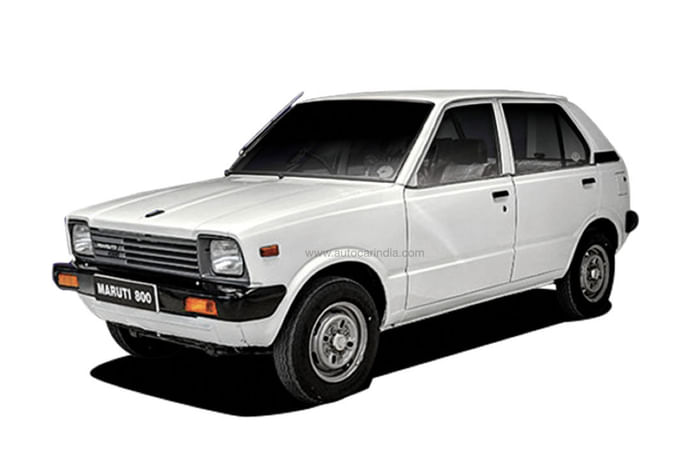
To say the 800 is a legend would be an understatement; it is the cornerstone on which Maruti Suzuki was built. Affordable and fuel-efficient, the 800 democratised the passenger car and did so reliably, something new to the Indian landscape back then. Sold from 1983 till 2014, it was the undisputed ruler of the Indian automotive market for two out of its three decades, reaching 2.7 million households. Even though the 800 went through three generational changes, what remained constant was its ethos. Remarkably, its underpinnings and powertrain too were carried forward with updates to meet evolving norms.
Maruti Gypsy | 1985-2019
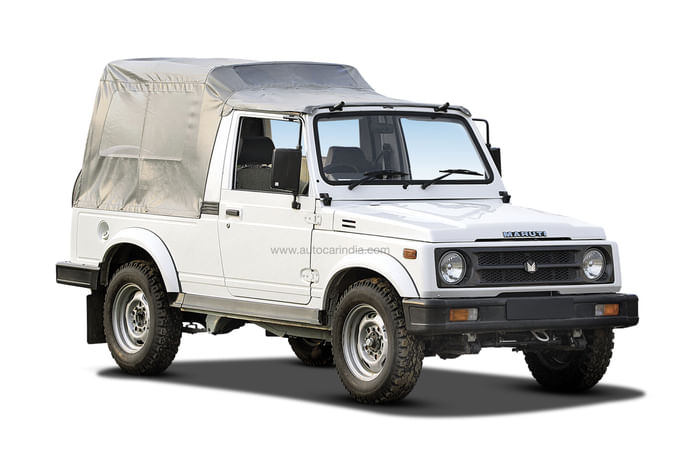
The iconic off-roader, introduced in 1985, was quick to catch the fancy of buyers for its 4x4 capabilities, ruggedness and its mountain goat-like go-anywhere ability. The Gypsy’s adventurous persona exuded a cool factor like no other at the time, which made it extremely desirable, and on account of its ruggedness and reliability, it was a favourite among off-road enthusiasts and the armed forces who carried on purchasing it long after it was discontinued for the public. The Gypsy had a soft-top as well as a hard-top version, and later even got a more powerful engine and wider track. It also had a very successful rally career in India, however, with newer emissions norms, the company finally bid farewell to the Gypsy in 2019.
Maruti Swift | 2005-present
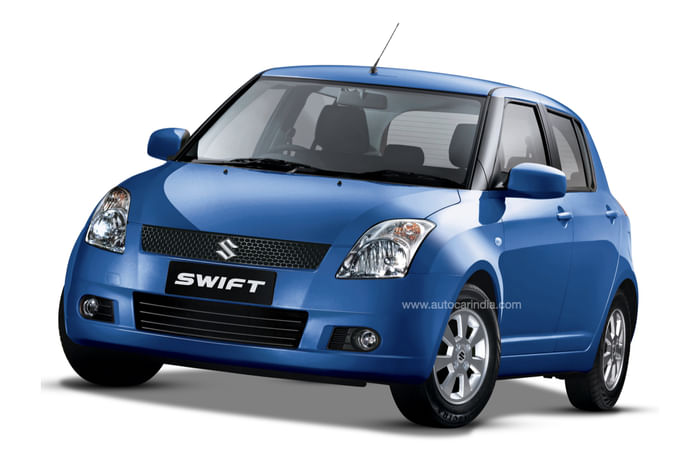
The hot-looking Swift was instrumental in changing the way buyers perceived Maruti Suzuki in India. Before its arrival in 2005, Maruti was associated with practicality and fuel efficiency, and generally perceived as a car for conservative buyers. The Swift, however, injected a huge dose of sportiness and style into the brand. Its dynamic concept car-like design, peppy performance and agile handling redefined Maruti’s image, attracting a younger, more dynamic audience. And it was this youthfulness and fun-to-drive character which made the Swift a success, driving it into the bestseller list. Its sedan derivative, the Swift Dzire, also went on to become a hit, and eventually, an independent brand in itself.
Maruti Omni | 1984-2019
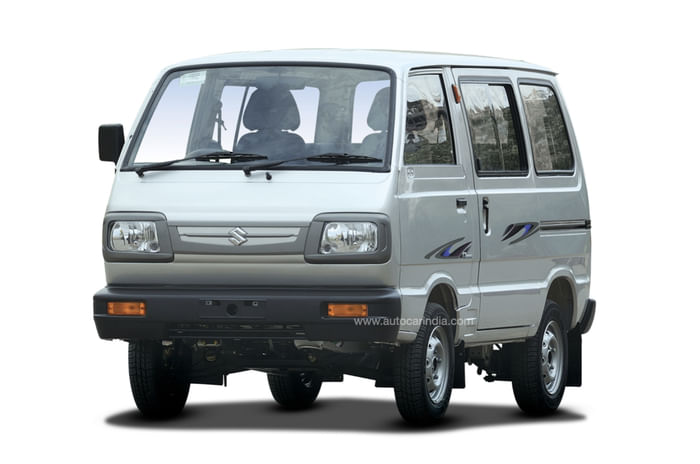
Also known as the ‘Van’ when it first arrived, it was the quintessential people-mover in India. A compact boxy structure focused on space efficiency, the Omni – as it later came to be known as – appealed to family buyers as well as commercial operators. Interestingly, there was also a high-roof version but that did not find many takers. Adding to the Omni’s credentials were its voluminous interiors and rear-wheel-drive layout, which facilitated effortless transport of passengers or cargo, even in hilly regions. Its practical, reliable and purposeful nature were reason enough for Omni sales to be consistently strong, cumulating to 2 million units throughout its 35-year tenure (1984-2019), however, in the absence of any crash protection whatsoever, the Omni had to be taken off the roads when new safety standards came into force.
Maruti Wagon R | 1999-present
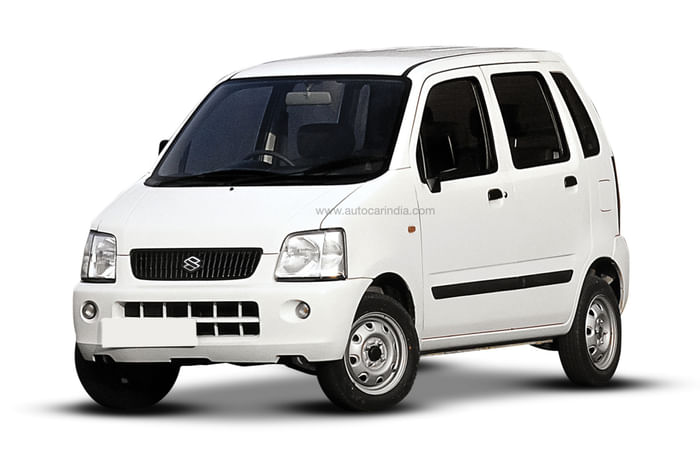
A common sight on our streets today, the popular Wagon R didn’t quite set sales charts on fire when it arrived in the year 2000. Buyers took time to warm up to its boxy styling and accept the price premium it commanded over the 800 and Zen for its tall boy look and added practicality. More affordable lower variants and clever repositioning in 2002 did the trick and the Wagon R’s popularity simply went through the roof – it cemented its position in the top ten bestsellers in India, and continues to feature in the list to date.
Maruti Grand Vitara | 2022-present
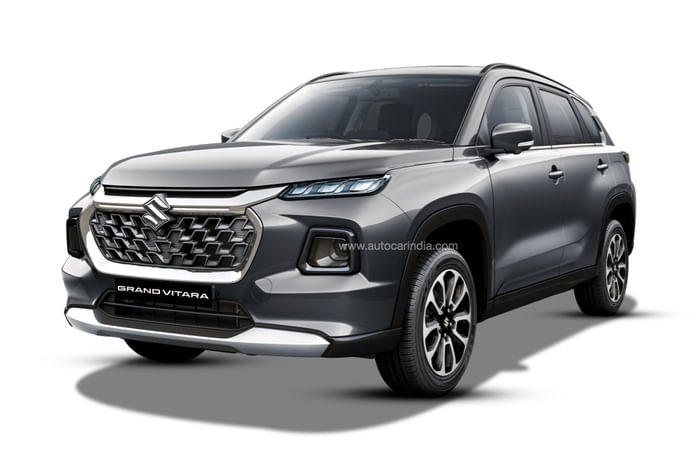
Having arrived only last year, the Grand Vitara is still young but it makes this list for breaking the premium price ceiling that Maruti had struggled to get past, despite a few attempts before. Interestingly, it’s named after a predecessor that struggled to do just that. Making use of Toyota’s powertrain, the Grand Vitara offered strong-hybrid technology at a mass segment price point and has today forced a rethink of this tech, with many brands now acknowledging the fact that strong hybrids have a large role to play in the Indian automotive market.
THE MISSES
Maruti Baleno/Altura | 1999-2007
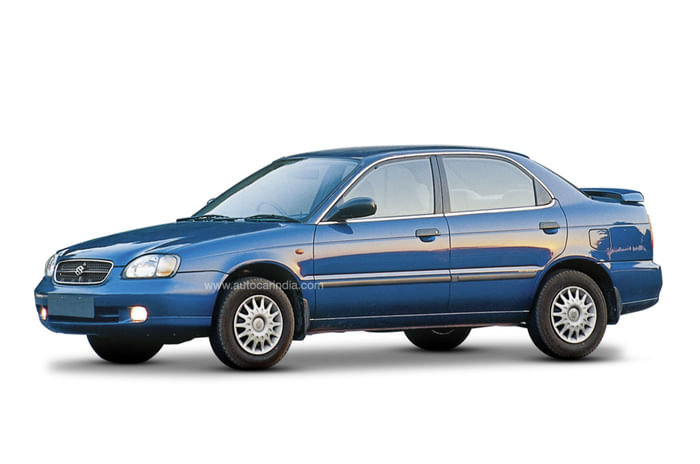
Maruti’s bold step into the premium sedan space back in 1999 was with the Baleno sedan. However, it wore a premium price tag – on account of a high percentage of imported components – and simply wasn’t as exciting or appealing as others like the Honda City, Mitsubishi Lancer and Opel Astra. It was only in 2004 when the company increased localisation levels, slashed prices and re-positioned the Baleno did its sales gather some momentum. Alongside the sedan, the company also sold the Baleno Altura station wagon, however, due to its unpopular body style as well as the premium it commanded over the sedan, it found very few takers. Both were eventually discontinued.
Maruti Zen Estilo | 2006-2013
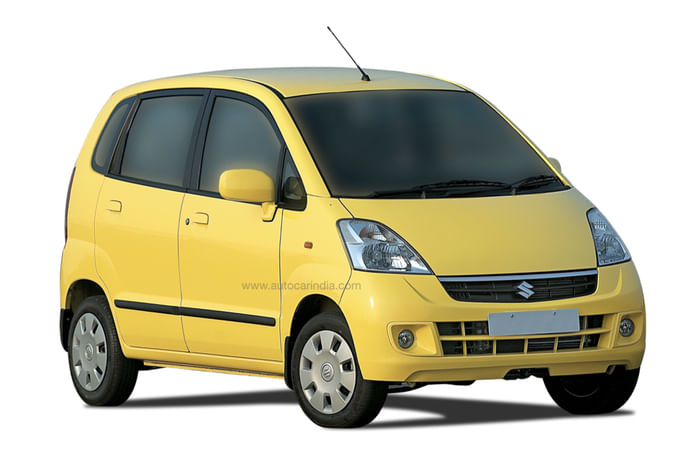
In 2006, Maruti introduced the Japanese market MR Wagon as a relatively more premium and stylish alternative to the Wagon R, and in a bid to capitalise on the brand equity that the discontinued Zen had, named it the Zen Estilo. Branding it the ‘Zen’ didn’t help; if anything, it disappointed buyers who were expecting the Estilo to be an evolution of the perky first-generation hatchback. The Estilo’s design, character and dynamics were completely different, and it didn’t cater to buyers of the original Zen. With its mid-life update, Maruti dropped the ‘Zen’ prefix from its name, but that didn’t help revive sales and the car continued to struggle to differentiate itself from its stablemate and the super popular Wagon R. So despite being fuel-efficient and reasonably practical, the Estilo was quite an underachiever.
Maruti A-Star | 2008-2014
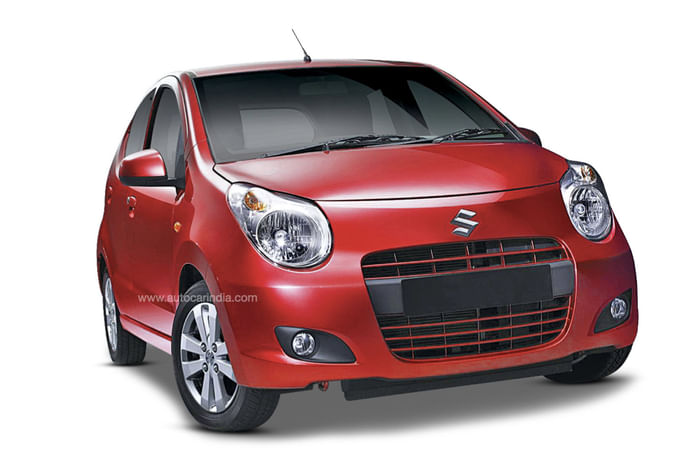
While it was a generational replacement for the Alto in global markets, in India, the car was positioned above the popular Alto and called the A-Star. It launched in 2008 with a fun-to-drive premise, and while it also had traditional Suzuki strengths like a fuel-efficient engine, and affordable ownership, the lack of rear seat space in a car pricier than the Alto didn’t go down well with customers. Its quirky styling too didn’t help matters and, as a result, fortune didn’t shine on this little hatch at all.
Maruti Grand Vitara XL-7 | 2003-2007
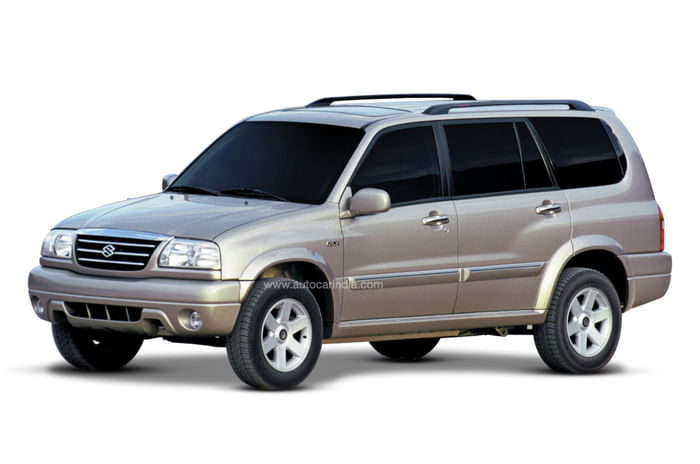
Maruti attempted to penetrate into the premium space in 2003 with the Suzuki Grand Vitara XL-7 SUV and in an uncharacteristic move for the company, it brought in the SUV as a fully imported unit. A luxurious interior with three-row seating, a 2.7-litre, V6 petrol engine with a manual and automatic transmission option, and a ladder-frame chassis with 4x4 capabilities, added to its credentials. However, the XL-7’s dated styling (even for the early 2000s), a thirsty petrol engine and an exorbitant price tag of Rs 16.08 lakh-17.41 lakh (ex-showroom, Mumbai) got the better of it. That rivals like the Honda CR-V and Ford Endeavour were priced lower and appeared better value, sealed the XL-7’s fate.
Maruti Grand Vitara | 2007-2015

Maruti Suzuki gave its premium aspirations another shot with the midsize Grand Vitara SUV (2007). Against the XL-7, it was a smaller five-seater, with a four-cylinder petrol engine but also four-wheel drive. Like the XL-7, it was an import, and while it was priced lower at Rs 13.8 lakh-14.8 lakh (ex-showroom, Delhi), buyers didn’t quite see the Maruti brand in the same light as other rivals. Furthermore, the petrol-only powerplant was a weak link at a time when diesel was popular. Like the larger XL-7, this too soon faded away.
Maruti Kizashi | 2011-2014
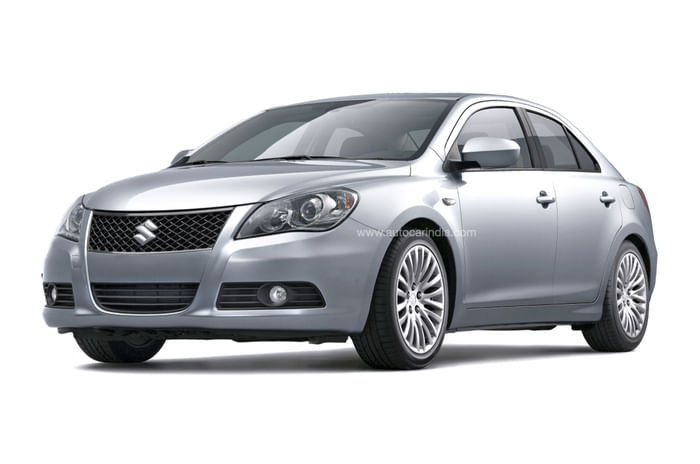
Attacking the premium segment this time around was the Kizashi sedan. It had top levels of equipment, leather upholstery and a powerful petrol engine, and it looked sharp too. However, like the Grand Vitaras before, the sedan too was brought in as a fully imported unit and launched in 2011 at a price of Rs 16.5 lakh-17.5 lakh. This was smack in between the Honda Civic and Honda Accord, which were dominating their respective segments back in the day, and against the Honda duo as well as other sedans, the Kizashi simply could not make a mark.
Also see:
‘No one knew what Maruti 800’s launch would lead to’: RC Bhargava

























